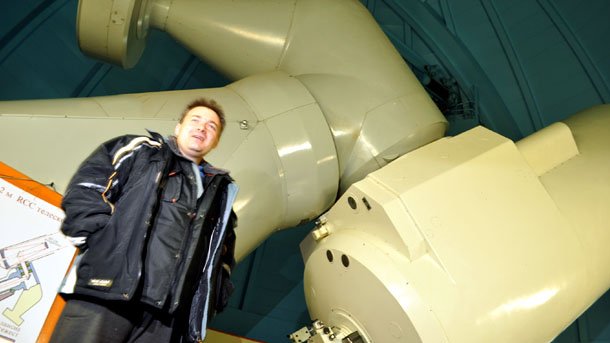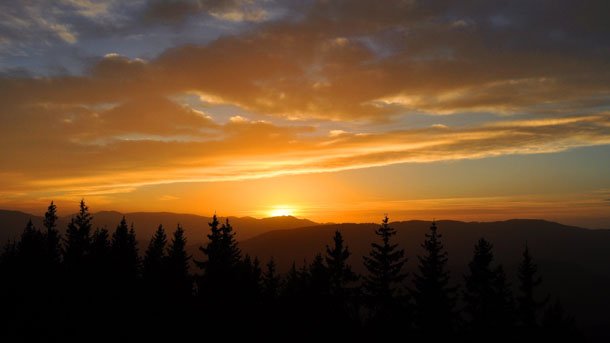

Over 3,200 participants and guests of different ages and nationalities filled the Summer Theater in Burgas for the opening of the 9th edition of the European Gymnastics Festival for people over fifty - Golden Age Gym Festival 2024 . The festival..
"Bulgaria - magnetic and beautiful" - under this title Bulgarian travel bloggers present some of the most photogenic places in this country. The exhibition with unique images taken by the travelers will be opened on September 24 at the entrance of the..
Bulgaria will take part in the International French Travel Market (IFTM) Top Resa 2024 , which starts today, and will continue until September 19 . Participation in Bulgaria's information stand, which will have an area of 85, 5 square meters, has..
The old button lift in the village of Govedartsi , Samokov Municipality, which takes tourists to the peak of Malyovitsa in the Rila Mountains, is to be..

+359 2 9336 661
